So you don’t have much money.
But your competitors do.
Unfortunately, that means that your competition doesn’t have to think twice about paying that influencer, increasing their ad spend, or increasing the quality and consistency of their blog content.
And it means that you do have to think about those things before spending additional money.
Keep in mind, though, that every great business started with a very small budget and very little bandwidth.
In other words, if you think you can’t survive on your current resources, you’re dead wrong.
In fact, there has never been a better time in history to take on big-market competitors with a tiny budget.
Content marketing is on the rise.
With content marketing, along with tons of different tactics for pulling in traffic, leads, and revenue, you can out-market your competition despite their big wallets.
Of course, that’s easier to say than to do.
In order to attract people to your website and build a customer base, having some up-front capital helps.
But given how many different traditional and digital marketing activities you can spill your efforts into, having a budget helps.
The difficulties go beyond just integrating all of your marketing strategies, though.
A few of the biggest challenges for B2C content marketers, for instance, are producing engaging content, effective content, consistent content, and, you guessed it, working with a lack of budget.
I’d like to tell you that those concerns are unmerited, but they aren’t.
In fact, those concerns are all valid.
The more content you create, the more you’ll build a presence within search engines.
And the better content you create, the more that people will trust your business and buy your products.
Most importantly, though, without money, it’s hard to do much of anything.
Or, at least, that’s the perception.
But that perception is wrong. In today’s world, a massive pool of free online marketing tools allows you to create a remarkable strategy for pennies on the dollar.
Specifically, here are nine tools you should use if you want to beat the well-financed competition.
1. Buffer
When you create and publish content on your website, you want that content to get attention, right?
That is, after all, why you created in the first place.
Your goal is to have people see it, engage with it, and maybe even buy from your company after learning to trust the information that you publish.
However, no one is going to see your content if you don’t put it in front of their faces.
And the best way to get your content in front of your audience is by using social media.
In fact, if you’re not using a social media strategy to generate shares on your account and traffic to your website, then you’re missing out on loads of free potential.
You can use Buffer to make that sharing process even easier than it already is.
With Buffer, you can schedule future posts on Twitter, LinkedIn, Facebook, and even Pinterest.
Instead of trying to remember to share your social media content once it goes live, Buffer allows you to streamline the process.
You can set aside a few hours every week to make sure that you have a social media promotion strategy in place for that week that’s in line with your publishing schedule.
As a marketer, you have enough on your mind. You have to remember to create blog content and take video and edit articles.
Fortunately, if you use Buffer, you don’t need to add social media promotion to the long list of things you need to remember to do.
2. Canva
So, you have a graphic design project coming up.
But what if you can’t afford to hire a professional graphic designer for thousands and thousands of dollars?
In that case, there’s a tool for you, and its name is Canva.
Canva is free online software that doesn’t just allow you to create your own logo, graphics, and infographics. It also gives you access to a massive library of stock photos and icons that you can integrate with your design for free (or for $1).
I don’t need to remind you of how successful visual content can be. It can be especially effective for a social media marketing strategy.
When people are flipping through their phones, the images and videos that they see grab their attention far better than plain text.
That means that you can use Canva to increase not just your brand awareness on social media but also your click-through rate.
And if you don’t know what you’re doing with graphic design, Canva has pre-made templates that can help start you off on the right foot.
Every marketer wants to leverage the genius and effectiveness behind visual content. But few marketers actually have the necessary budget to hire a professional graphic designer.
Fortunately, tools like Canva allow you to step into your own creative shoes and design compelling graphics for free.
This is my go-to resource when I want to design anything for my blog posts or social media strategy.
Plus, the tool even lets you upload and work with your own customized photos, images, and icons.
3. Venngage
At some point in your marketing journey, the chances are high that you’ll want to create an infographic.
When that day comes, your options are limited, especially if you have a small budget.
You could pay a professional designer to create the infographic for you. But, of course, you don’t have the money for that.
You could go to a website like Fiverr and pay a freelancer to do it for you at a remarkably low price.
But you’ve probably already discovered that the quality of the infographic is likely going to suffer if you hire someone for cheap.
So what’s the best solution?
Use Venngage, where you can create your own infographic for free.
When creating with Venngage, you can choose a pre-made template that fits the general feel you’re going for.
Then, you can customize the graphics, text, and colors to make the infographic your own.
You can also add your own logo to the infographic so that no one has to know that you used Venngage to create it.
Even if you don’t know what you’re doing and you’ve never designed an infographic in your life, Venngage makes it easy enough that almost anyone can create a decent piece of visual content.
Here, for instance, is an infographic that Carrot created using Venngage.
You can tell that they used Venngage by glancing at the bottom of the infographic where it has both Carrot’s logo and the Venngage logo.
Do you want to produce an infographic but don’t know how to create one?
Then Venngage is the tool for you.
4. Google Analytics
Every marketer needs analytics.
That’s not just true of the big companies with even bigger budgets. The little companies like yourself that are looking to grow exponentially need analytics, too.
Fortunately, Google Analytics is a completely free tool that you can use to access tons of information about your website.
You can find out, for instance, how many visits you get to your website on a daily basis, how many of those people buy from you, and even what your current bounce rate is.
That’s valuable information for any marketer to have access to.
And it’s not just valuable. It’s necessary.
After all, if you don’t know how your current marketing strategy is performing, then you can’t make it better. And you definitely can’t stop something that’s isn’t working well.
The point is that you need to know the numbers behind your efforts if you want to become a better marketer than you currently are.
And I trust that you do.
You can even use Google Analytics to find the average page load time of your website and which country your audience is primarily from.
You can also see the primary sources that people come from when visiting your website.
In short, Google Analytics offers a goldmine of information for any serious marketer. And you don’t have to pay a dime to use it.
5. Medium
Medium is a public blogging space where you can read other people’s content and publish your own.
The more popular your content becomes, the more that Medium will show your article to people who are interested in the topic material.
Why, though, is Medium such a great marketing tool?
After all, you already have your own blog on your website, and you definitely don’t need a second blog.
Or do you?
Well, the reason that you should consider using Medium is simple.
Medium doesn’t just allow people to read and publish blog posts. It will also curate content and deliver it to its audience personally through weekly or monthly “digests.”
If you re-publish your articles on Medium, then you have a higher chance of reaching a larger audience who cares about your industry.
And all you have to do to reach that massive audience is copy and paste your content from your own website onto your Medium blog.
Since you own all of the rights to your own content, you won’t be infringing on any copyright laws.
And you’ll automatically get in front of a much bigger audience.
Medium even has a stats dashboard that lets you track how your content is performing on the website.
It’s an easy way to build brand awareness and increase your audience size.
And it’s completely free.
6. Google Trends
As a marketer who is trying to consistently create relevant content, it helps to know what’s going on in the world.
Unfortunately, though, you don’t have time to read the newspaper every day or spend more than five minutes watching CNN or Fox.
Still, current trends and news reports can make a big impact on the content you choose to publish and the content that you choose not to publish.
After all, when you publish content is almost as important as the content you publish.
Fortunately, Google Trends is a free tool you can use to determine what people are talking about in the online world.
You can view the general front page, which will show a list of trending topics, or you can search for something specific.
In the below example, I searched for “digital marketing.”
I filtered it to the last five years.
This, though, is just one example of what you can learn from using this tool.
You can also compare different topics to see which ones are receiving the most listeners, find specific popular keywords within each topic, and even determine which country is most interested in your niche at the moment.
If you want to compete with the big dogs of content marketing, then you need to keep up with what’s going on in the world.
But that could easily require time that you don’t have.
That’s where Google Trends is your best companion.
7. Readability Test Tool
Have you ever written a blog post that was just terrible?
Specifically, though, I mean a post where the content itself is good, but the writing is simply difficult to understand.
If so, it’s OK. We all have.
Sometimes, when writing a blog post or even crafting a message on social media, you have off days.
It comes with the territory.
Unfortunately, though, the more off days you have, the more people you’re going to lose from your audience due to silly grammar mistakes or overly-complicated writing.
That’s why you should use a free tool like the Readability Test Tool to determine how easy your content is for people to read.
All you have to do is enter the URL of the content that you want to analyze.
Then click the “Calculate Readability” button on the right side of the screen.
Generally speaking, people want to read at about a middle-school level (12 or 13 years old).
They don’t want to work hard to read your content, and they definitely don’t want to struggle to understand what you’re saying.
Keep your content simple. And when you’re having trouble doing that, then use this tool to measure how simple your writing is.
I entered in one of my blog posts and received this result.
That post was right about where I wanted it to be.
But we all have off days when writing blog posts, including me.
You can use this tool to guide you in the right direction on those days that the words just aren’t coming out like you want them to.
8. Trello
It’s one thing to create content on your website.
It’s quite another to do that consistently and with a planned schedule.
However, the organized version of content creation isn’t just far more enjoyable. It’s far more effective as well.
If you don’t have some form of a content creation schedule or calendar, then you might be able to increase the effectiveness of your efforts by using one.
And Trello is a great place to host your content creation plan.
Trello is a free organizational tool that allows users to create cards that they can then move between columns.
You might have one column that you title “Ideation,” another that you title “Writing in Progress,” and yet another that you title “Finished.”
As the card (or project) goes through each phase, the team leader assigns it to the appropriate person and moves the card seamlessly between columns.
Trello makes the process of visualizing and completing a project simple.
There’s no more need to check up on people beyond what’s necessary. With this free tool, you can organize your processes and make sure that everyone is hitting their due dates.
Plus, it’s kind of fun to move the cards around.
9. SurveyMonkey
The more that you know about your customers, the better.
Why?
Because the more that you know about your current audience, their demographics, their interests, and their pains, the better you can find people similar to them.
If you don’t know who your current audience and customers consist of, then you’ll have a terrible chance of reaching more like-minded people.
So what’s the best way to learn about your current audience?
It’s simple: Just ask them.
And to do that, you need a system for creating, distributing, and analyzing massive surveys.
And that’s where SurveyMonkey comes in.
With this free tool, users can create custom surveys, send them out to their audiences via email, and then view results within the app itself.
Collect your responses, learn about your target market, and then advertise and market to similar individuals.
Then, and only then, will you make the most of your marketing efforts and your minimal budget.
Conclusion
Just because you have less money than your competition doesn’t mean that you can’t beat them.
In fact, in today’s world, beating them on a tiny budget is easier than ever before.
There have never been so many free online marketing tools at your disposal.
Buffer, Canva, Venngage, Google Analytics, Medium, Google Trends, Readability Test Tool, Trello, and SurveyMonkey are all great tools to beat the competition with a low budget.
Of course, those are just a few of the best online tools you can use.
Truthfully, you can find a free tool to fulfill almost any marketing need you can dream of.
Do you want to improve your blog content? That’s no problem.
Do you want to reach more people and a bigger audience? That’s simple enough.
Do you want to grow your email list? Tools can make that process easy.
The point is that the online world has a massive amount of marketing resources at your disposal. And most of them are free.
And that means that you can beat your well-financed competitors by outsmarting them, regardless of whose bank account has more zeros.
What’s your favorite free online marketing tool?



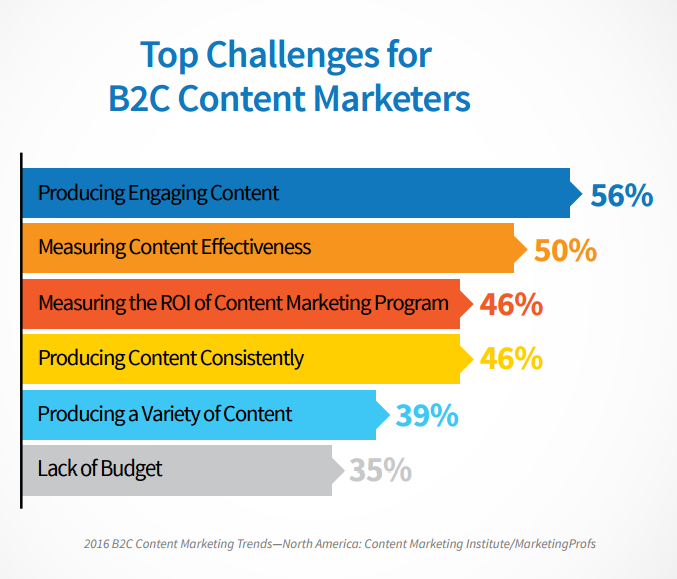


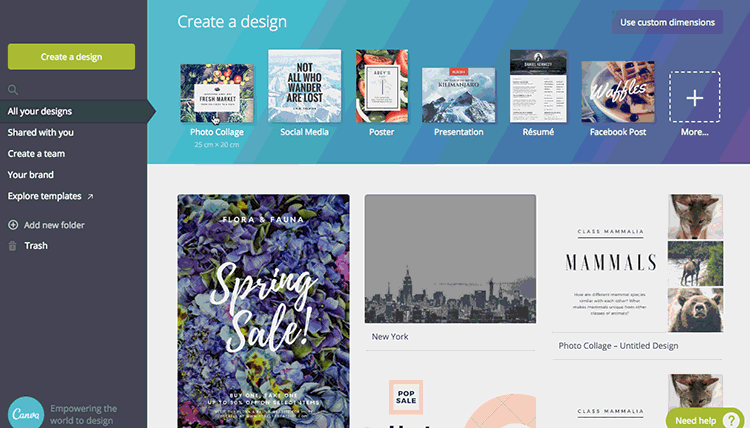



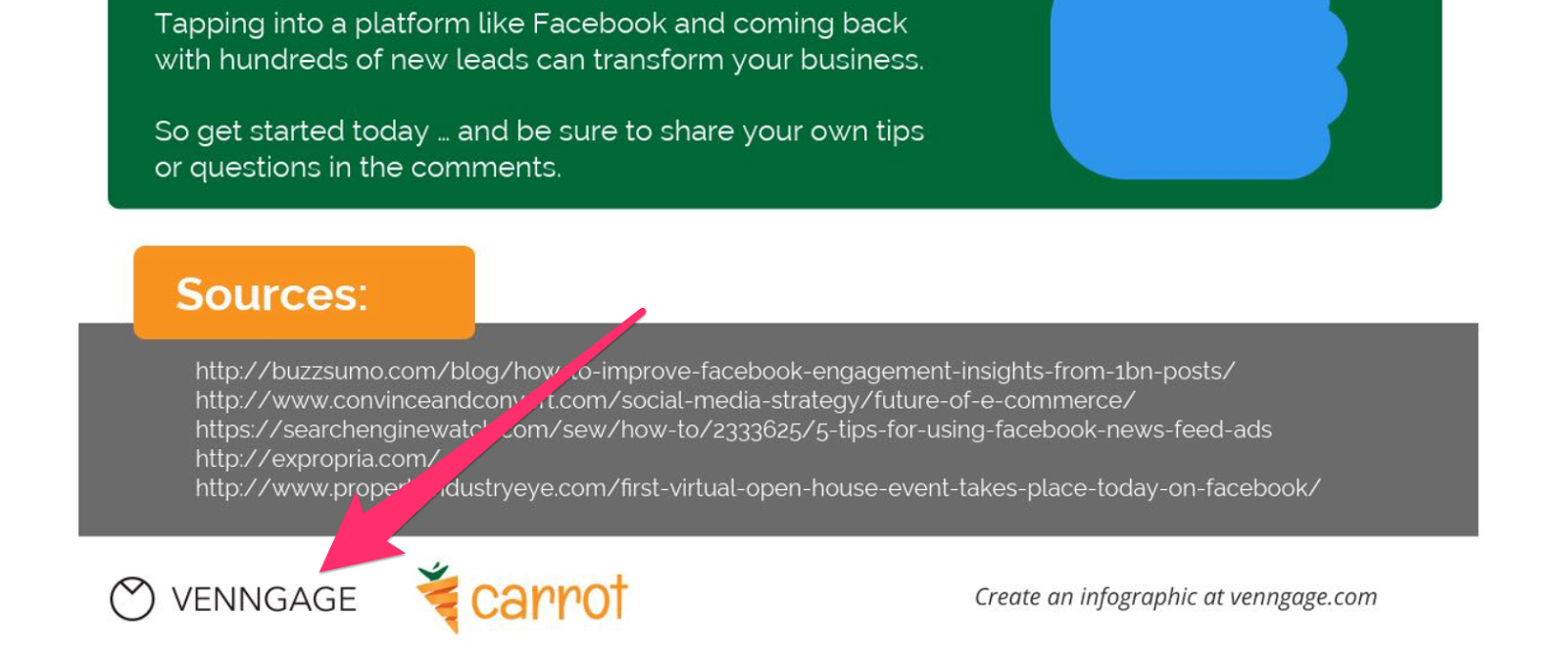



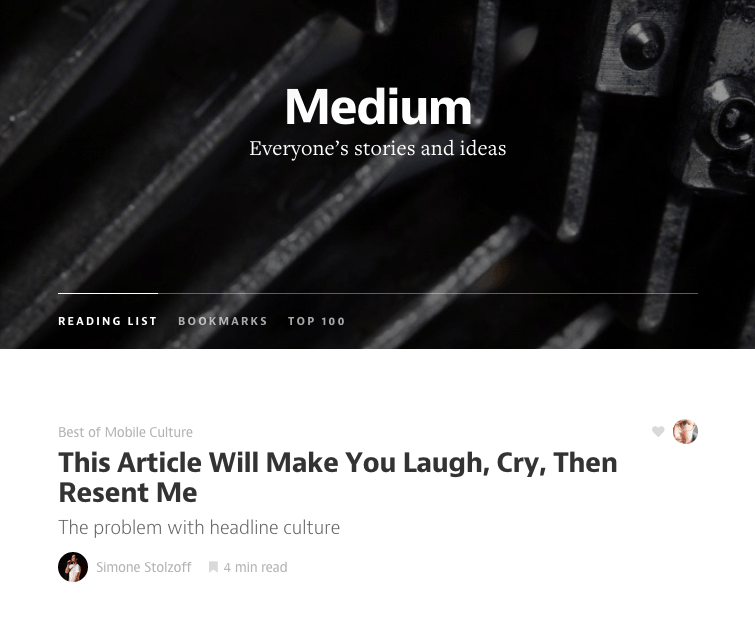
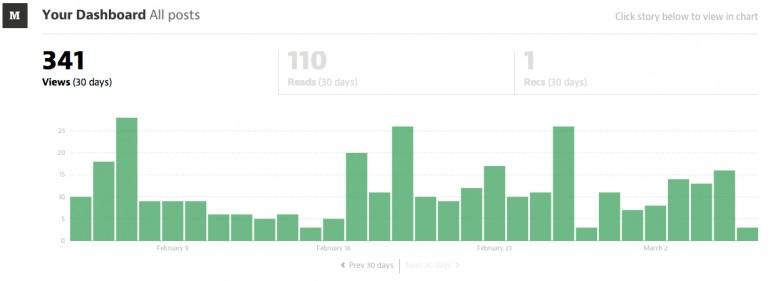
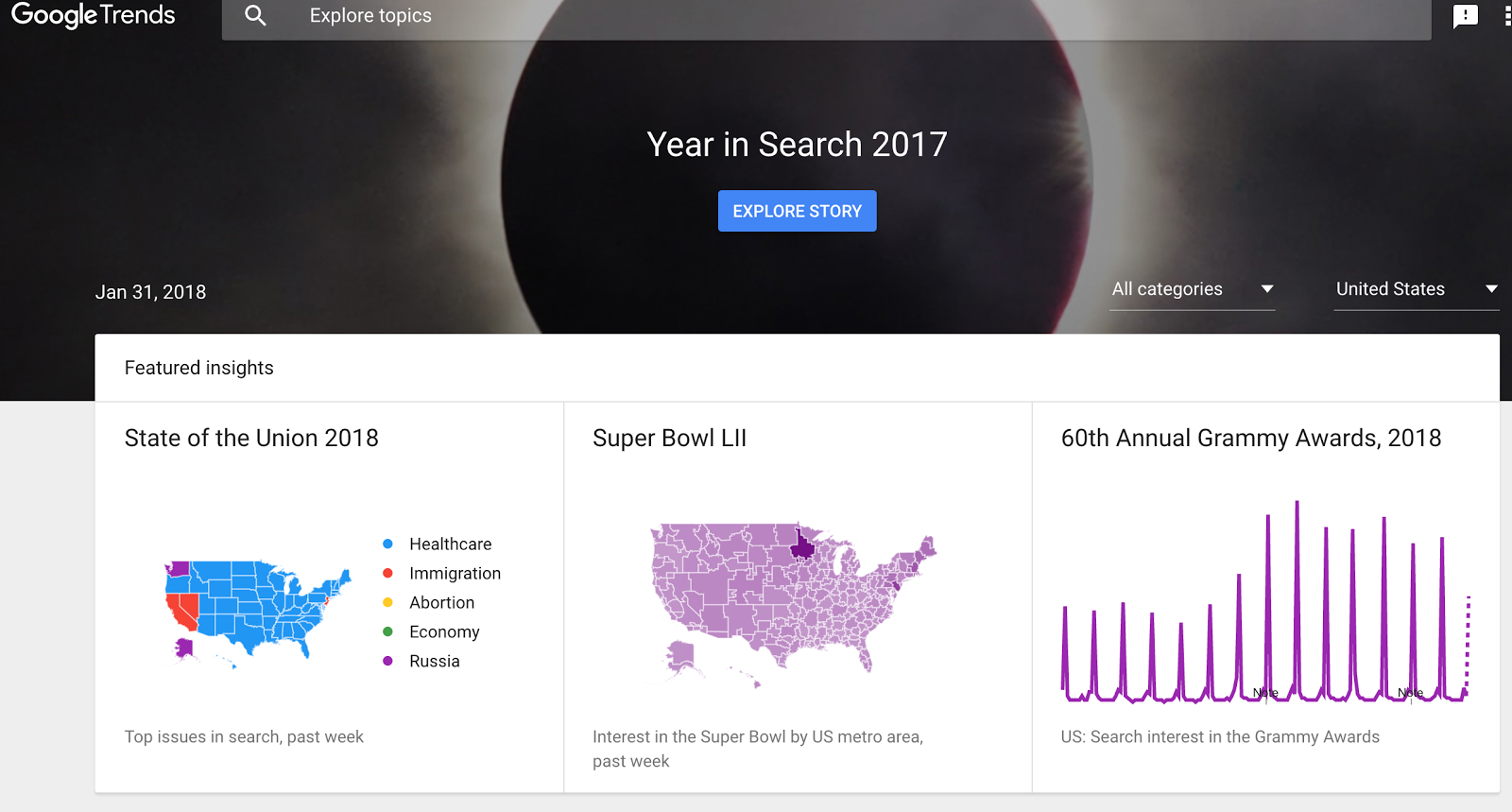
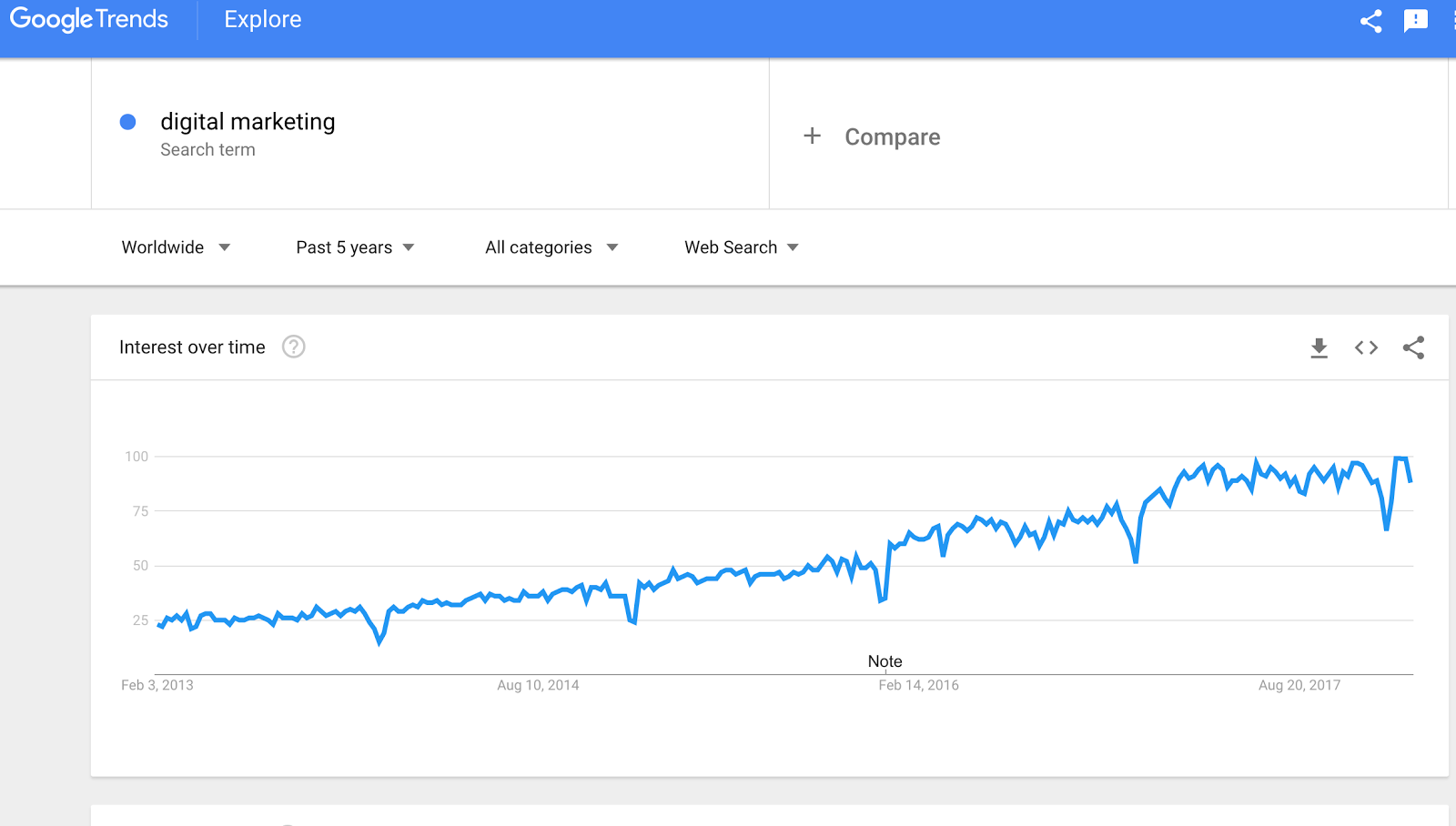
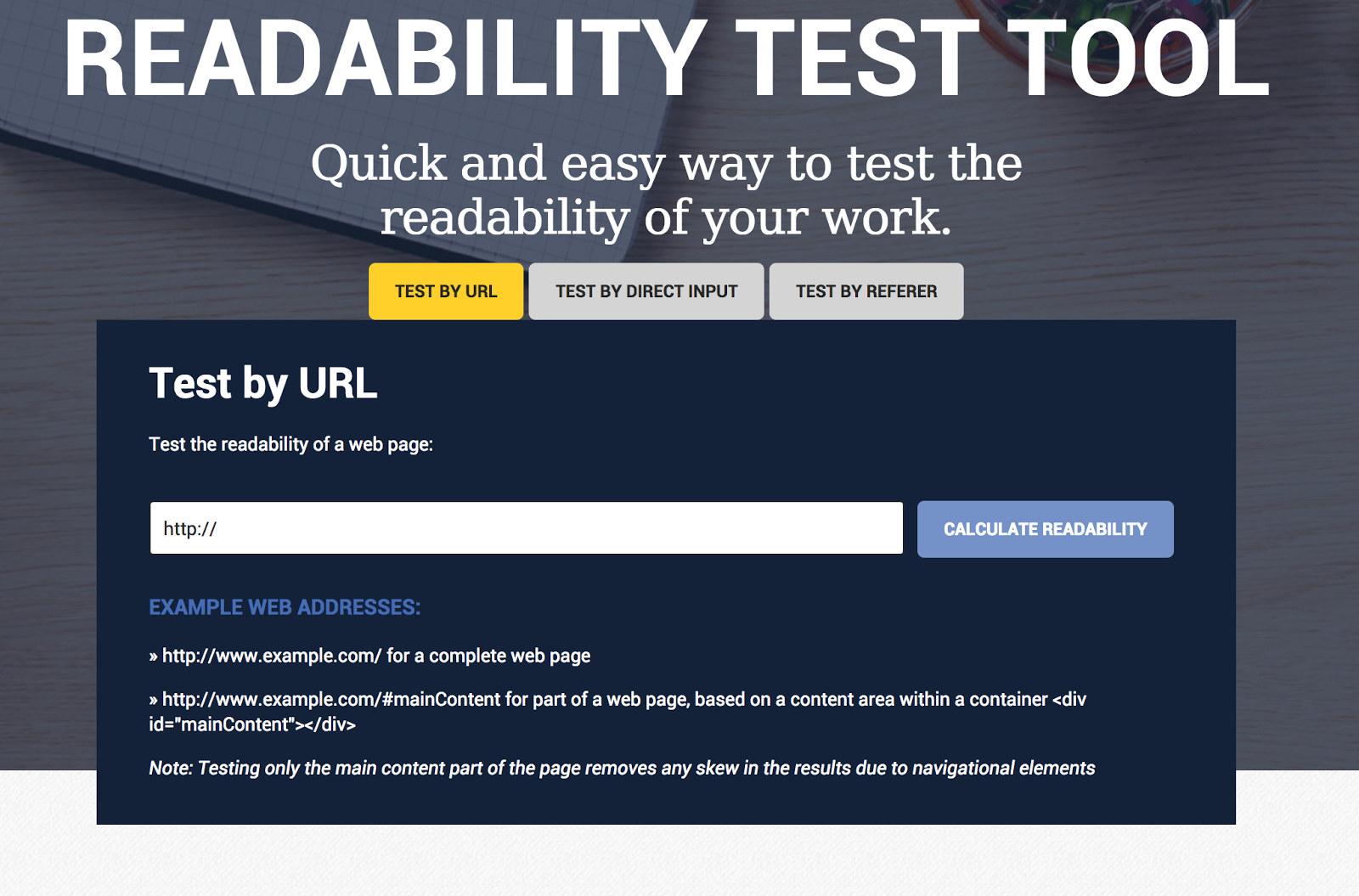
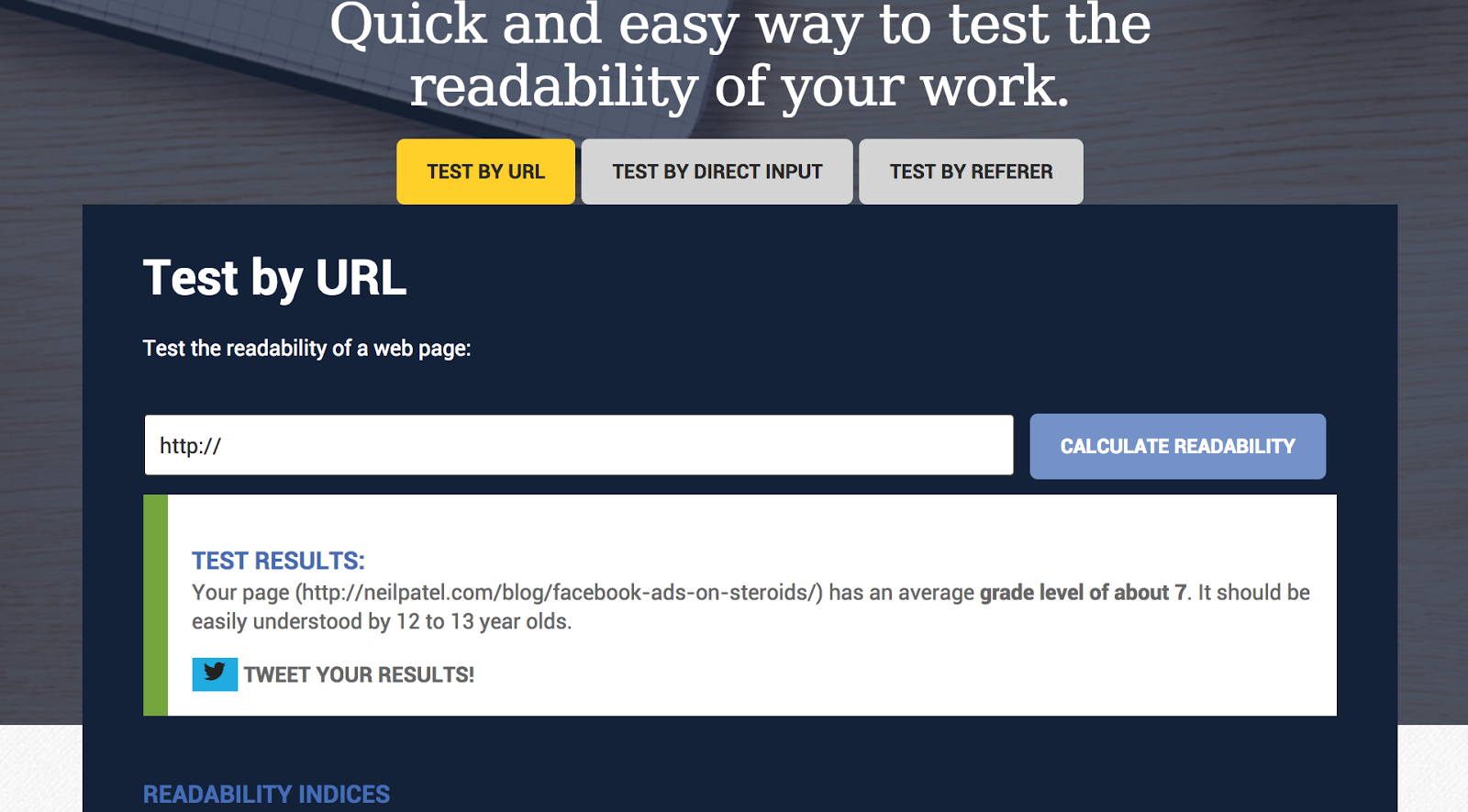


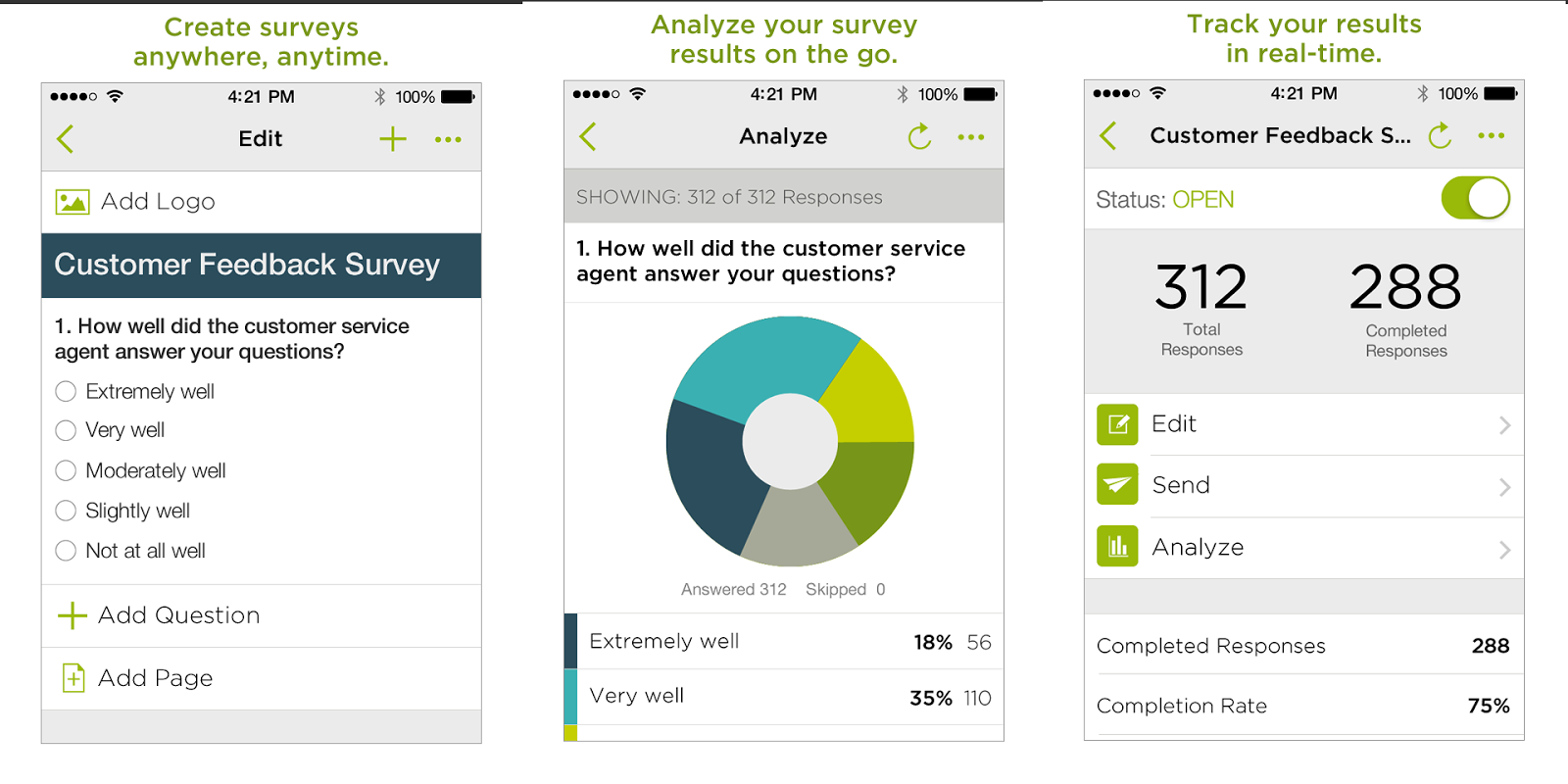

Comments (22)